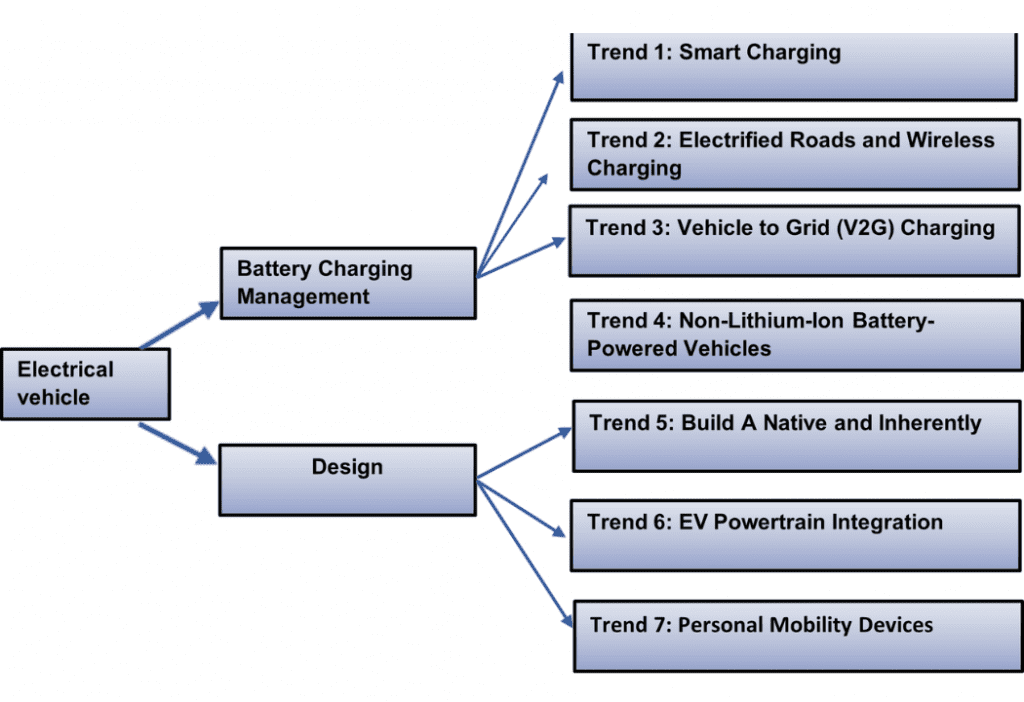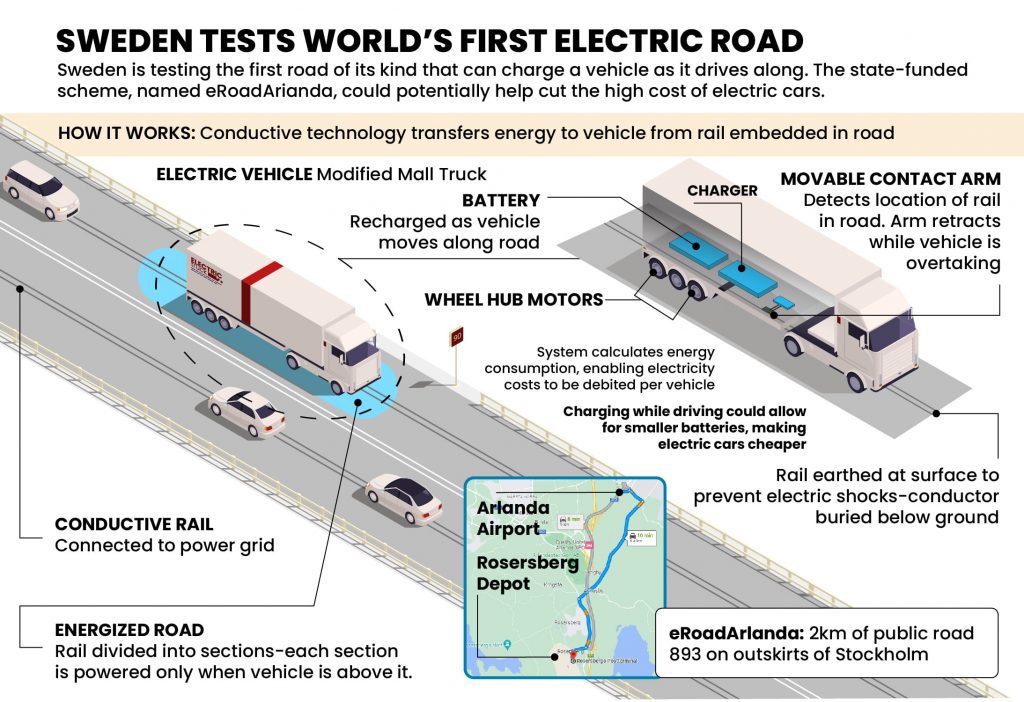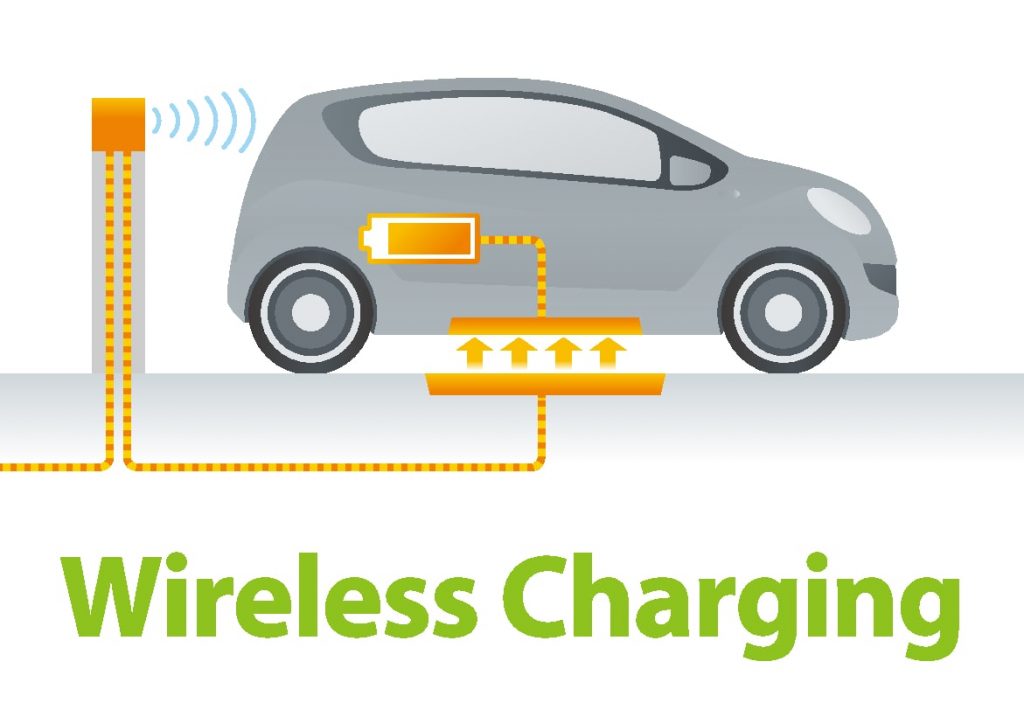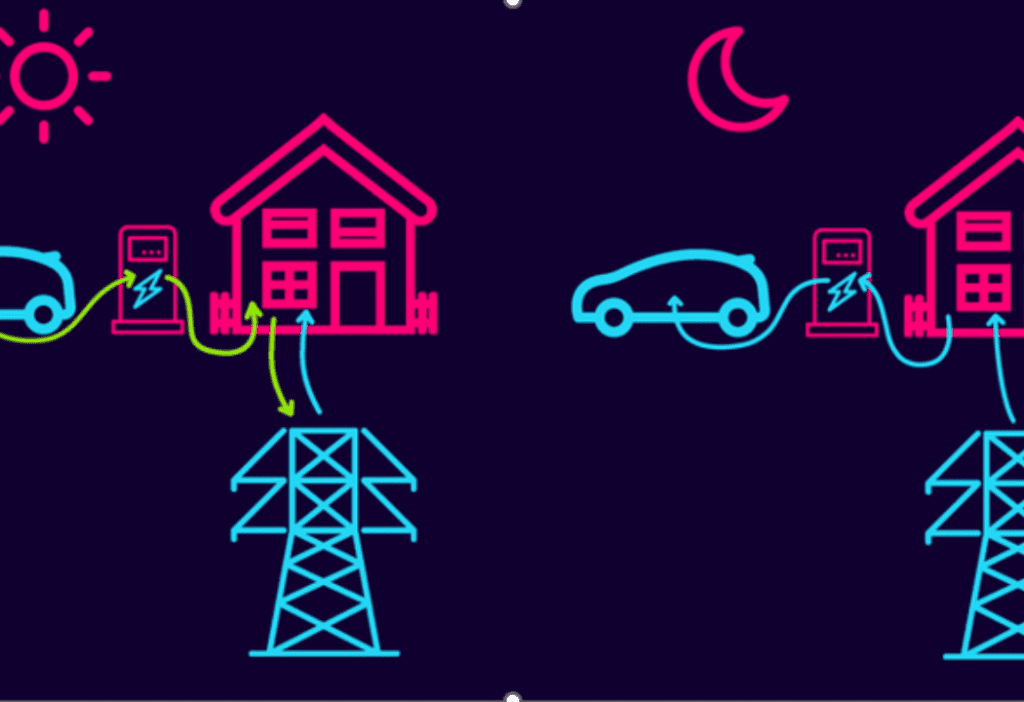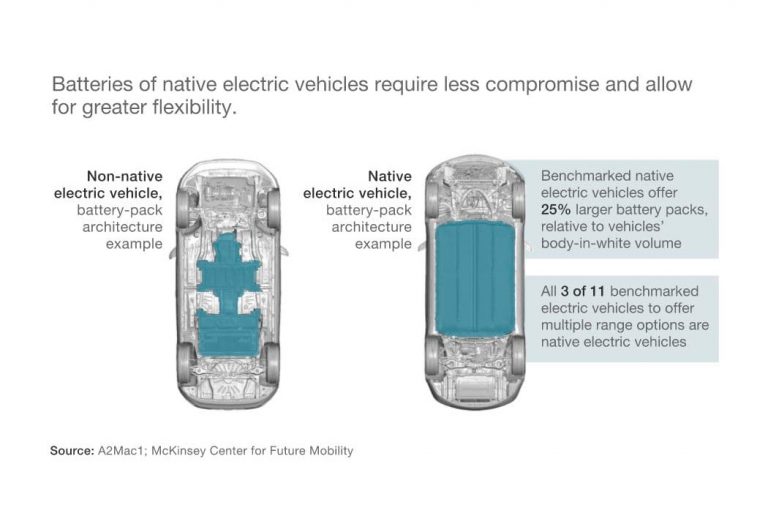Revolutionizing innovation with cutting-edge AI and LLM-powered solutions—fueling your IP strategy and driving unmatched growth. Contact us to transform your vision today!
Revolutionizing innovation with cutting-edge AI and LLM-powered solutions—fueling your IP strategy and driving unmatched growth. Contact us to transform your vision today!

